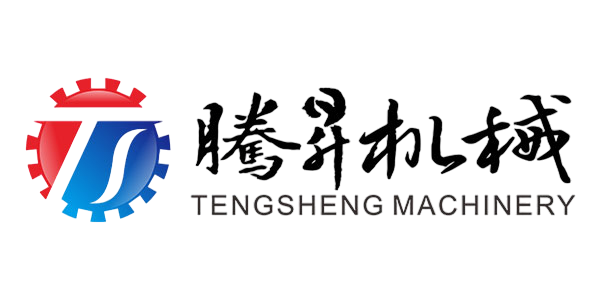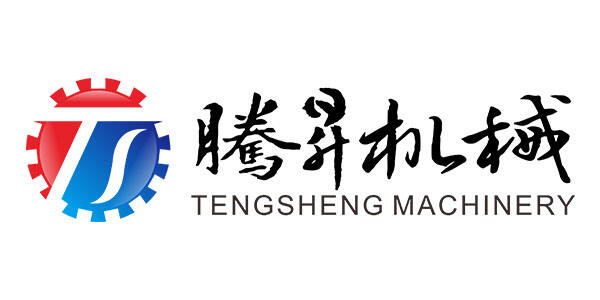Picking the right ginger prep gear starts with knowing how much ginger gets processed each day. Getting this right means the machines won't hold things back when trying to hit production targets. Take a look at actual numbers first before buying anything. If someone buys too small a machine, they end up stuck with delays all the time. Too big? Money wasted on unused capacity. Seasonal changes matter too. Some months see way more orders than others. Smart operators go for machines that handle those busy periods without breaking a sweat, keeping everything running smoothly through good times and bad.
When it comes to ginger prep equipment, sticking to international food safety standards isn't just important—it's absolutely essential if we want to avoid contamination risks and keep consumers safe. Check for those key certifications from places like NSF or FDA before making purchases. And don't forget about the materials used in construction either. Machines built with corrosion resistant components last longer obviously, but they also meet stricter hygiene requirements. This matters because it protects what businesses invest in while maintaining the quality of finished products over time.
Versatile equipment for preparing ginger brings real benefits since it works with different forms of the root including fresh, dried, and ground versions. The ability to switch between these formats opens up new possibilities for products that match what customers want right now. When looking at machines beyond just their ginger handling capabilities, check how they perform with other ingredients too. A processor that handles ginger well might also work great for garlic or herbs, making the purchase worth more than initially meets the eye. This kind of flexibility turns single purpose machinery into valuable assets that pay off over time as businesses expand their product lines without needing separate equipment for every ingredient.
Modern ginger processing lines now feature high speed peeling and washing machines that revolutionize how efficiently we get rid of those pesky skins without wasting so much good root. When companies switch to these systems, most report seeing anywhere from 20% to 30% better yields which really adds up over time both in terms of what they produce and how much money stays in their pockets. Automated washers make a huge difference too beyond just making things cleaner. These machines cut down on the need for manual labor since workers don't have to spend hours scrubbing dirt off every single piece by hand anymore. The result? Cleaner product going out the door consistently day after day while keeping operational expenses under control. For small scale operations especially, this kind of automation makes all the difference between staying competitive or getting left behind.
Getting consistent cuts from ginger slices and cubes really matters when it comes to keeping product quality up to standard. When pieces are all the same size, the final product looks better on store shelves and restaurant plates, which makes customers happier and products easier to sell. Modern slicing equipment actually does most of this work automatically, using carefully calibrated settings that make sure every piece meets those visual standards. Food processors who invest in good slicing tech see real benefits beyond just looks the uniformity helps with portion control too. And let's face it, nobody wants to buy a bag of unevenly cut ginger sitting awkwardly in the display case. Smart businesses know that investing in proper cutting machinery pays off both in customer satisfaction and bottom line results over time.
Good dehydration and drying equipment matters a lot when trying to keep ginger's taste intact and make it last longer on store shelves. There are several ways to dry ginger commercially, including hot air drying and freeze drying techniques, and they all affect how much flavor stays in the final product plus how long it keeps before going bad. Looking at energy efficient options for drying isn't just good for the environment either. Businesses save money on their electricity bills by switching to newer tech that uses less power. Many food processors have found that investing in better drying systems pays off over time because they spend less on utilities while still producing high quality ginger products that customers want to buy again and again.
In conclusion, selecting the right machinery for ginger processing involves considering advancements in mechanical efficiency, precision cutting technology, and energy use. These innovations not only improve productivity but also ensure the delivery of top-quality ginger products that meet consumer expectations.
Conveyor belts make all the difference when it comes to processing ginger efficiently. They cut down on the need for so much manual work and really boost how much gets done in a day. When set up right, these systems keep things moving without those annoying stoppages that slow everything down. For ginger processing specifically, automated conveyors handle the whole chain from getting washed to peeled, sliced, and dried without any hiccups along the way. This means products hit the market faster than ever before. Local spice companies have seen their production times drop by almost half since switching to this system, which obviously makes everyone's job easier and saves money in the long run.
Automatic solutions can potentially reduce labor costs, freeing workers from repetitive tasks and increasing productivity. By integrating these systems, companies can achieve greater operational efficiency, minimizing downtime and maximizing output.
In the realm of ginger preparation, choosing between batch processing and continuous flow processing methods can impact operational efficiency. Batch processing offers flexibility, allowing for adjustments to meet varying production demands. In contrast, continuous flow processing delivers uniformity in operations but may require a larger initial setup.
Looking at how different processes consume energy shows some interesting differences. Batch processing tends to require short but intense energy spikes, while continuous flow methods need consistent power over longer periods. Understanding this distinction matters quite a bit when calculating return on investment. Companies looking to pick the right system for their needs must weigh several things including company size and how flexible they need operations to be. When manufacturers take all these variables into account, they can adjust their production strategies to save energy without sacrificing the quality of what comes out of the factory floor.
Good cleaning routines make all the difference in keeping cross contamination at bay and making sure ginger processing gear meets those tough hygiene requirements. When equipment isn't cleaned regularly, leftover bits can become breeding grounds for bacteria, something no food processor wants to deal with. Most facilities stick to a basic pattern these days: quick clean ups right after each shift, then a deeper scrub down once a week where everything gets taken apart, washed thoroughly, and sanitized properly. Following established cleaning schedules according to industry guidelines does more than just keep inspectors happy. It actually extends how long machines last before needing replacement parts, which saves money in the long run while reducing chances of contaminated products getting out there or equipment breaking down unexpectedly during production runs.
Knowing which parts tend to wear out most in ginger processing gear matters a lot for keeping things running smoothly. Blades, bearings, and belts are the usual suspects here. When these components start showing signs of wear from day to day operation, they need replacing before problems get worse. Failure to do so often means longer stops in production and slower output overall. How often parts need changing really depends on how hard they're worked. Some might last months while others could need checking every few weeks depending on what kind of workload they handle. Lubrication also deserves attention because it keeps moving parts from seizing up. Proper greasing cuts down friction and actually makes equipment last longer while operations run without hiccups. Putting together a good maintenance schedule that covers part replacements along with regular lubrication checks will save money in the long run and keep the whole processing system dependable.
Keeping track of moisture content remains one of the most important factors for good quality control during bulk ginger processing. When moisture levels go off track, it directly affects how long the dried ginger stays fresh on store shelves and impacts overall product quality. Most processors rely on methods such as near infrared testing or traditional weight loss measurements to check moisture accurately. Research from the Journal of Food Science shows that sticking to ideal moisture ranges makes ginger more appealing to buyers while cutting down on waste from spoilage. Getting this right means longer shelf life for products and happier customers who get what they expect from their ginger purchases.
Getting uniform slice thickness right matters a lot when making ginger slices because it affects how well they cook and what customers think of them. That's where automated cutting equipment comes into play. These machines cut slices at exactly the same thickness every time, which speeds things up in the factory and makes all the ginger look the same on store shelves. Looking at actual numbers from factories using this tech shows better quality control overall since each piece hits those target specs consistently. When ginger slices are all similar in size and free from tough outer skin bits, people actually enjoy eating them more. The food industry has pretty strict rules about appearance anyway, so getting this consistency right helps manufacturers meet those requirements while keeping consumers happy with their purchases.


Copyright © 2024 Zhaoqing Tengsheng Machinery Co., Ltd all rights reserved - Privacy policy